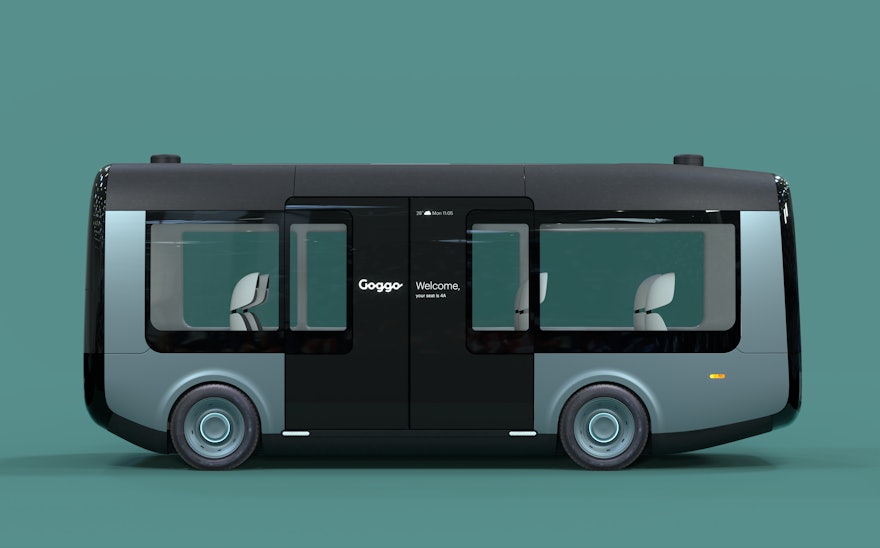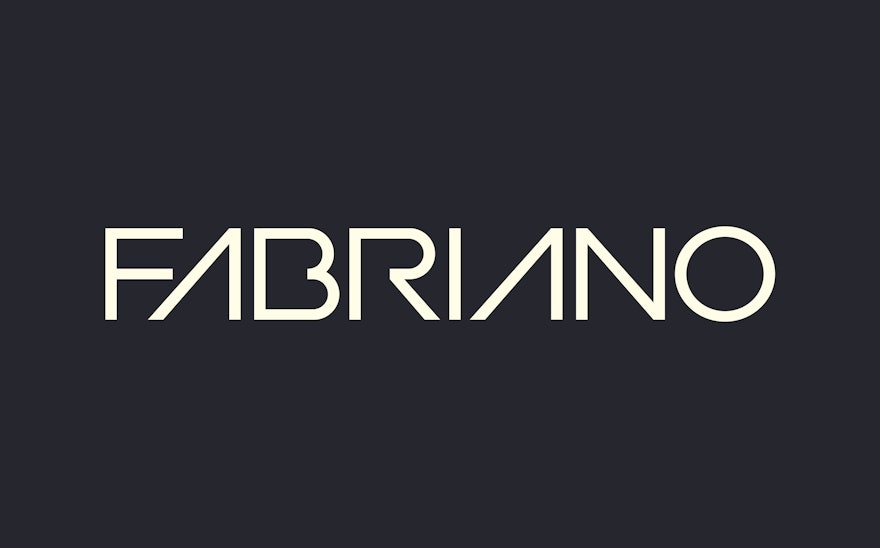Founded in Madrid, Spain by Martin Varsavsky and Yasmin Fage, Goggo Network aims to provide universal access to safe, fun, eco-friendly and affordable, shared mobility solutions through the creation of autonomous mobility networks. Goggo believes that autonomous cars will be networks as well as cars, and is developing the legal and engineering framework for European autonomous mobility networks.
To support Goggo’s study for the organisational models for autonomous mobility networks, Pentagram developed a reference design for an electric autonomous passenger vehicle, which was brought to life in a short animation.
The design was envisioned as a ground-up autonomous solution to on-demand city transportation. Working collaboratively with Goggo’s founders, Pentagram’s industrial design team developed their vision highlighting three key features: on-demand ride-hailing, a unique onboard media experience and the ability to carry cargo.
The design is envisaged as a replacement for commuter cars and single occupancy taxis, providing access to high comfort, safe and accessible transportation alongside existing mass transit systems. At only one metre longer than a large SUV the design will reduce pollution and city congestion. Over longer distances, several vehicles can travel in close convoy to further reduce road use.
The reference design was developed on a realistic engineering platform conforming to current crash safety regulations. Based around an eight-seat configuration but adaptable to other sizes, the seating is spread across two cabins accessed via a single wide door that can open to either side. The door itself is a large digital display used for passenger information and location-specific advertising
The cabins are split by a central divider which incorporates key supporting technologies as well as having space for passenger luggage and refreshments.
For commuting, passengers ride-hail with an app and the vehicle is routed to within 100 metres of their home. The network assigns vehicles based on time of day and destination.
Seating for each passenger is pre-allocated and the swivelling seating and unique cabin layout allows for social interaction or business meetings when required.
Passengers who want to relax can take advantage of unique onboard media experience, allowing them to sync content between their mobile device and the onboard system. They can also fully immerse themselves in a VR-like experience built into the seat until they are notified about their drop-off.
Ride-hailing platforms usually experience a lack of demand outside of rush hour. To address this, the Goggo vehicle is adapted for cargo delivery allowing it to remain functional constantly. A cargo handling robotic arm located in the central partition can pick up and deliver cargo or last-mile packages. One or both cabins can be used for cargo, powered by the same network and app as the passenger service.

